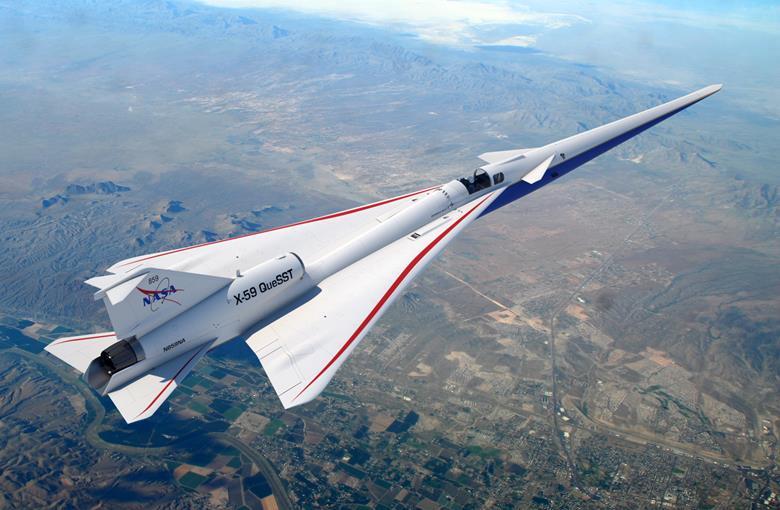In a windowless hangar in the California high desert, the final touches are coming together on an aircraft that could reshape aviation. The needle-nosed X-59 is all sweeping lines and unbroken curves, a narrow cockpit concealed in the centre. Designed and built by NASA and Lockheed Martin, this is the supersonic airplane of the future. And when it takes to the skies, NASA and Lockheed are hoping you won’t even notice it flying by, CNET reports. According to Larry Cliatt, NASA’s acoustic testing technical lead for the X-59, all those features ensure the shockwaves being produced midair are “well behaved.” “We want to keep (the shock waves) parallel and separated from each other so they don’t combine into a loud sonic boom,” he says. “So we’re dragging out those volume changes, making them very gradual across the entire body of the airplane.” The X-59 is so long and streamlined that its cockpit has no forward-facing window. The pilot uses an External Vision System created by NASA to fly the plane. The XVS uses two cameras above and below the aircraft to create a real-time view of the front of the plane shown on an HD screen. But the XVS also acts as a head-up display, showing data such as altitude, airspeed, and flight path.


